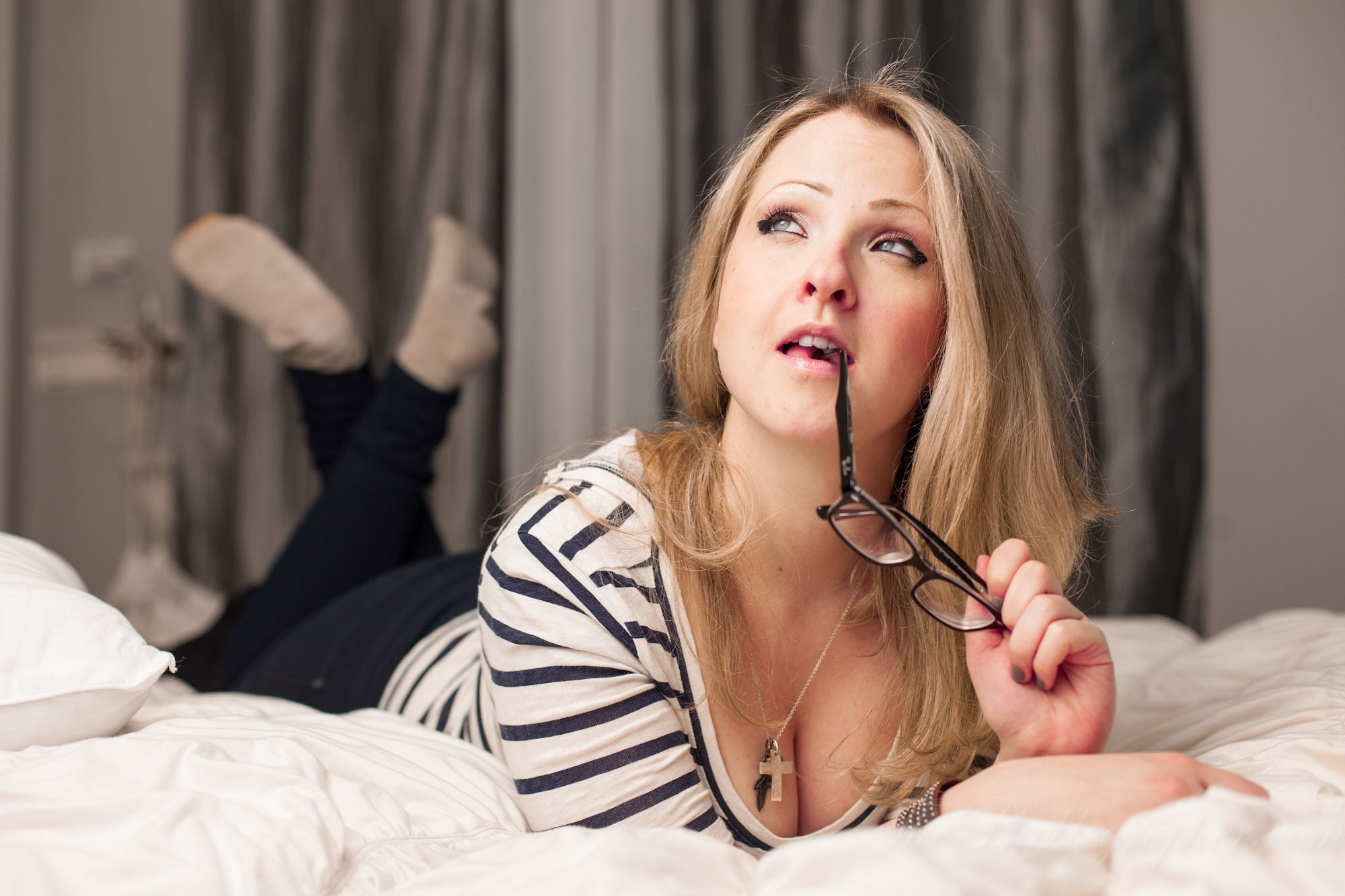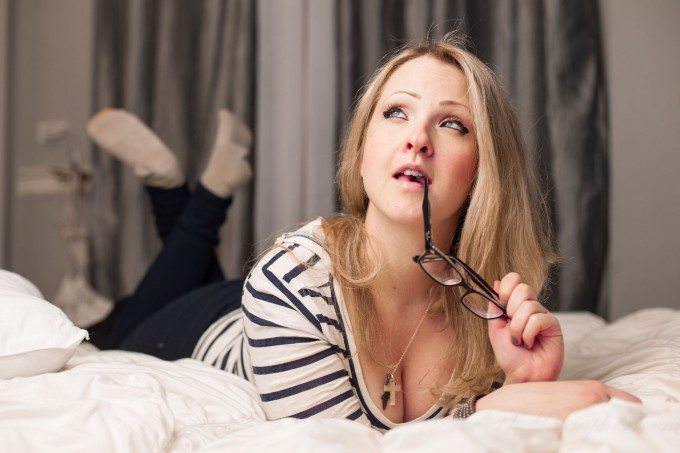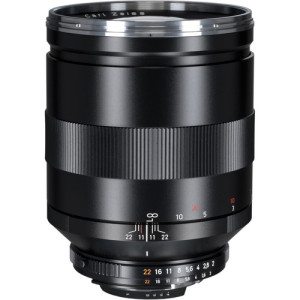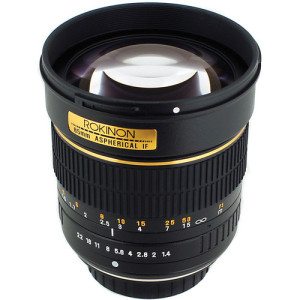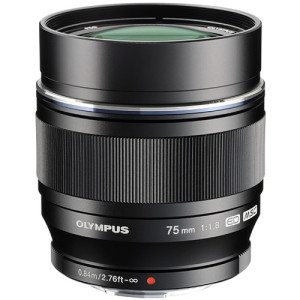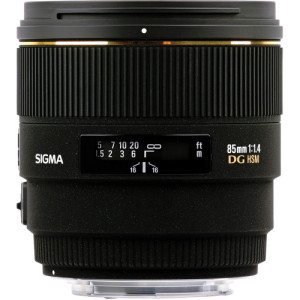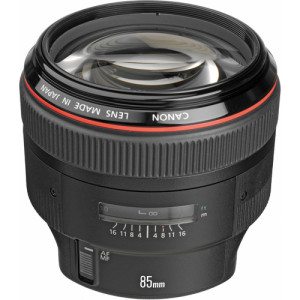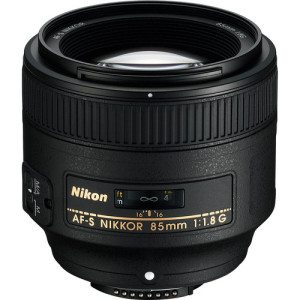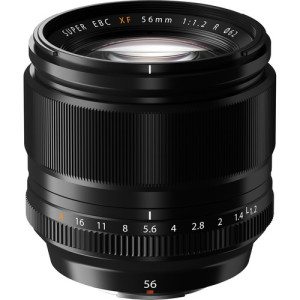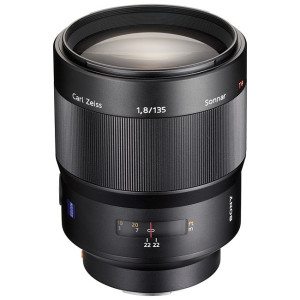Last Updated on 03/21/2014 by Chris Gampat
Some portrait lenses are great and have bokeh that you’ll absolutely drool over. But then there are others that not only do that, but also make your subjects pop more. Sure, you could do it with lots of great lighting, but when you combine that with the fact that some lenses already have that extra magic to them, you’ll get portraits that wow you and leave your jaw stuck on the ground.
Here are some of our favorites.
Zeiss 135mm f2
As the one lens we recommend that every high end portrait photographer needs, there really isn’t much that can dethrone Zeiss’ 135mm f2. As a very recent addition to the scene, this lens is not only super well constructed but also can render some amazing images due to the compression and Zeiss’s special magic in each other their lenses. That magic is micro-contrast; and it makes subject that are in focus pop out with greater clarity and beauty.
When we tested the lens, we found that it rendered excellent skin tones and that the overall color rendition was fantastic. On top of this, we haven’t seen bokeh this glorious in a while. In fact, we think that the bokeh is very close with the company’s 55mm f1.4 Otus lens.
Sure, it’s an expensive lens and can be tough to use wide open, but if you’re a studio portrait photographer then at least consider renting this lens. Autofocus would have made the operation simpler, but the satisfaction you get when nailing an image perfectly is very rewarding too.
Buy Now: Amazon
Rokinon 85mm f1.4
What’s better than affordability and nearly undisputed sharpness at the budget level? For many that own this lens, there is no denying that Rokinon’s 85mm f1.4 is amongst the sharpest budget lenses that you can get your hands on. Though the company’s build quality might not be everyone’s cup of tea, others may find it rather adequate.
But that’s not where this lens really shines. If you managed to get your hands on a version of the lens with AF confirmation then you’ll know that the sharpness, bokeh, and overall image quality are top notch. In fact, it performs like a lens over $1,000 despite being much lower priced than that.
Keep in mind though that the lens is a manual focus lens and that if you’re shooting with it, you’ll need to be off of any sort of automatic shooting modes.
Besides, to take the fullest advantage of this lens you’ll need to be in manual mode anyway.
Buy Now: Amazon
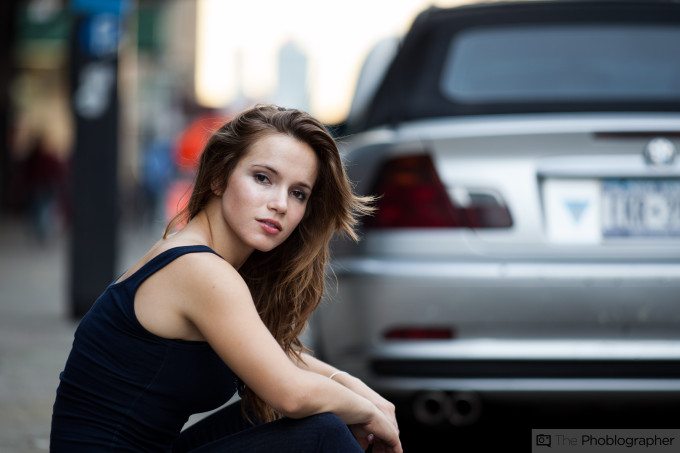
Samsung 85mm f1.4
When it first launched, it made lots of waves. But this lens still is currently leaving our jaws on the ground. Not only have we found it to be incredibly sharp wide open and even better when stopped down just a tad, but when combined with the latest Samsung cameras you’ll see that the colors look very much like something Canon would give you.
While out of the box the lens is quite good, we believe that it really begins to shine when a flash is added into the mix. Bringing a small flash along for a headshot session will enhance the lens’s already great abilities. Then consider the fact that Samsung’s cameras are mostly APS-C offerings and you’ve got a rendering of around 127mm.
At the moment, we’re still in the middle of reviewing this lens, but we’re very optimistic about its performance.
Buy Now: Amazon
Olympus 75mm f1.8
Mmmmmmm, bokeh.
As perhaps the best portrait lens for the Micro Four Thirds system, the Olympus 75mm f1.8 renders a 150mm field of view with a depth of field equivalent of around f3.5-3.7 on a full frame camera. And for that reason, you almost never have to stop it down unless you really need to.
With an all metal build, fast focusing, and image quality that will make you rub your eyes in disbelief, the 75mm f1.8 is the lens that we strongly recommend for the Micro Four Thirds portrait photographer.
Coupled with either Panasonic or Olympus’s excellent sensors and color rendition, you’ll really have very little to complain about. Many wedding and portrait photographers have already converted to the system due to its smaller size.
Buy Now: Amazon
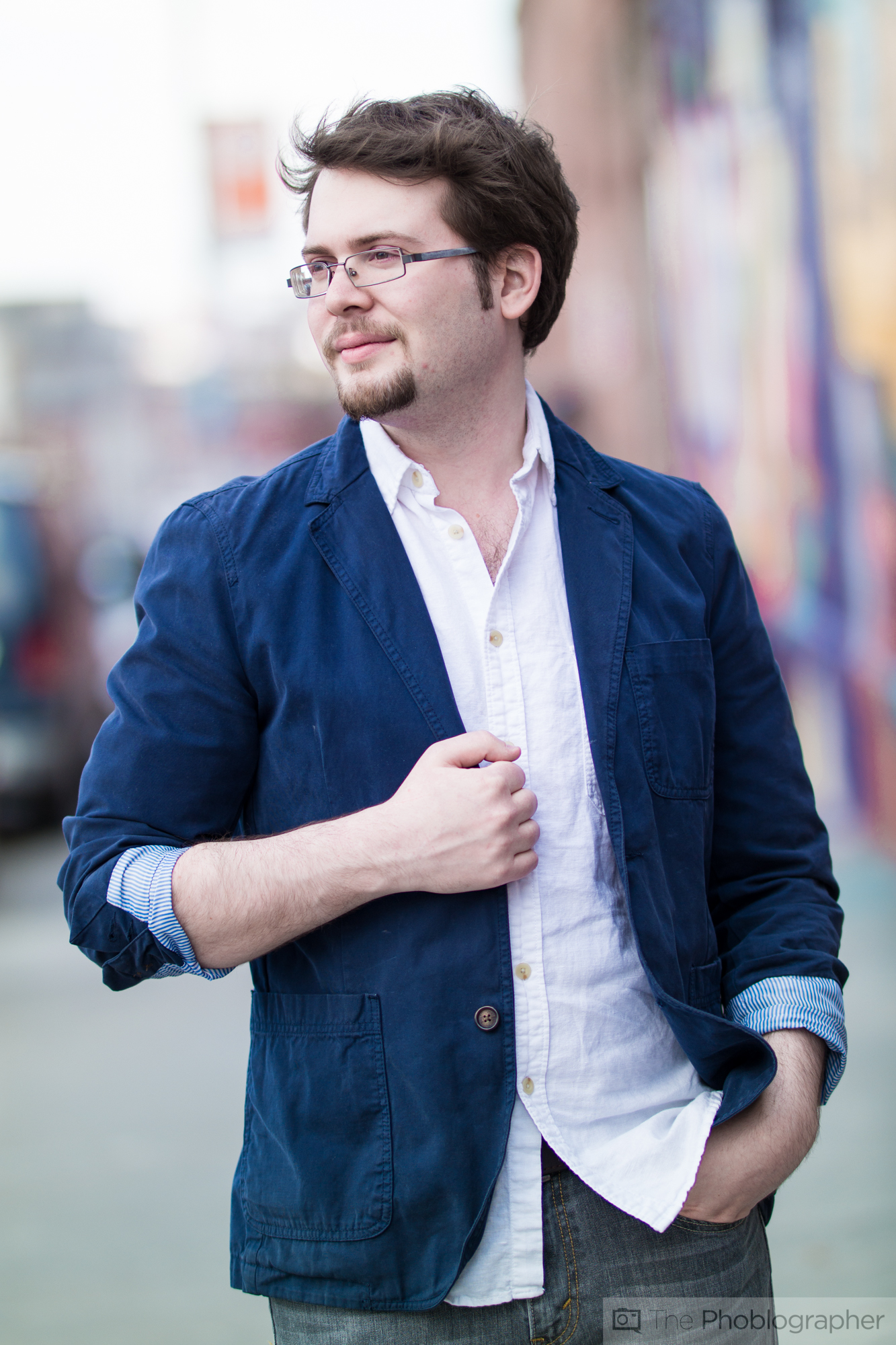
Sigma 85mm f1.4
As one of the best third party options out there in terms of portrait focal lengths, there is very little to complain about with Sigma’s 85mm f1.4. First off, it’s a fairly big lens but delivers beautiful image quality. Sigma’s 85mm isn’t as contrasty as the company’s newer 35mm f1.4 or other options, but that doesn’t mean that it can’t deliver great images. Sometimes for portraits you want less contrast to ensure that shadows aren’t too prevalent.
Sigma’s 85mm f1.4 is in an interesting position–it is the only autofocus 85mm f1.4 for both Canon and Nikon DSLR systems and is placed in between the companies’ 85mm f1.8 and f1.4 options in terms of pricing. But when it comes to performance, it comes close to both the f1.2 by Canon and 1.4 by Nikon.
If you can’t justify the higher prices of the first party brand, Sigma’s option is your best alternative and it won’t let you down.
Buy Now: Amazon
Canon 85mm f1.2 L USM II
What would this list be without the legendary f1.2 optic?
Canon’s 85mm f1.2 L USM II has been a mainstay in the portrait shooting community for years. While some say that it’s pointless to purchase one and stop it down because you buy it for the f1.2 aperture, others still purchase it for its rock solid image quality even when stopped down just a bit more to f2.5. Wedding and portrait photographers have sworn by it for years and it has yet to be dethroned amongst many photographers.
While the F1.2 is super sharp and has glorious bokeh, it focuses slower than thick molasses pours out. It’s also quite heavy for almost any DSLR except for the 1D series or the 5D/7D series with a vertical grip.
And despite the fact that it is starting to show its age, you still can’t find extreme flaws with it.
Buy Now: Amazon
Nikon 85mm f1.8
The reason why we’re going for Nikon’s f1.8 over the f1.4 is because we feel that it has slightly better color rendition and for the price you really can’t go wrong. It’s faster to focus and can deliver already amazingly great performance on a D800.
The 85mm f1.8 we feel gives great skin tones–and that’s its major strength. In our comparison with the Canon 85mm f1.8, we found it to give better tonality than Canon’s more saturated and contrasty look. What that means is that it is designed for portraiture instead of more every day use.
Portrait photographers that are starting out will greatly appreciate this lens’s image quality but they’ll also really like the fact that they can stick with it for a very long time not only due to the fact that it is a recent addition but also because of Nikon’s high megapixel DSLRs.
Buy Now: Amazon
Fujifilm 56mm f1.2
As the sharpest mirrorless camera lens that we’ve every tested the Fujifilm 56mm f1.2 has a well earned and deserved spot on this list.
On Fujifilm’s APS-C sensors, the camera renders a field of view equivalent of an 84mm f2 lens on a full frame camera when shot wide open. This is still quite shallow, but like the Samsung 85mm f1.4 we recommend using it with a flash to get the absolute most detail from what the X Trans sensor is capable of doing.
The lens exhibits beautiful bokeh, surprisingly fast focusing for being one of the larger and heavier lenses in the system and also great sharpness. We also couldn’t find a single trace of purple fringing.
If there is any lens that is the king of the mirrorless camera systems for portraits, it’s this one. But look out for the price.
Buy Now: Amazon
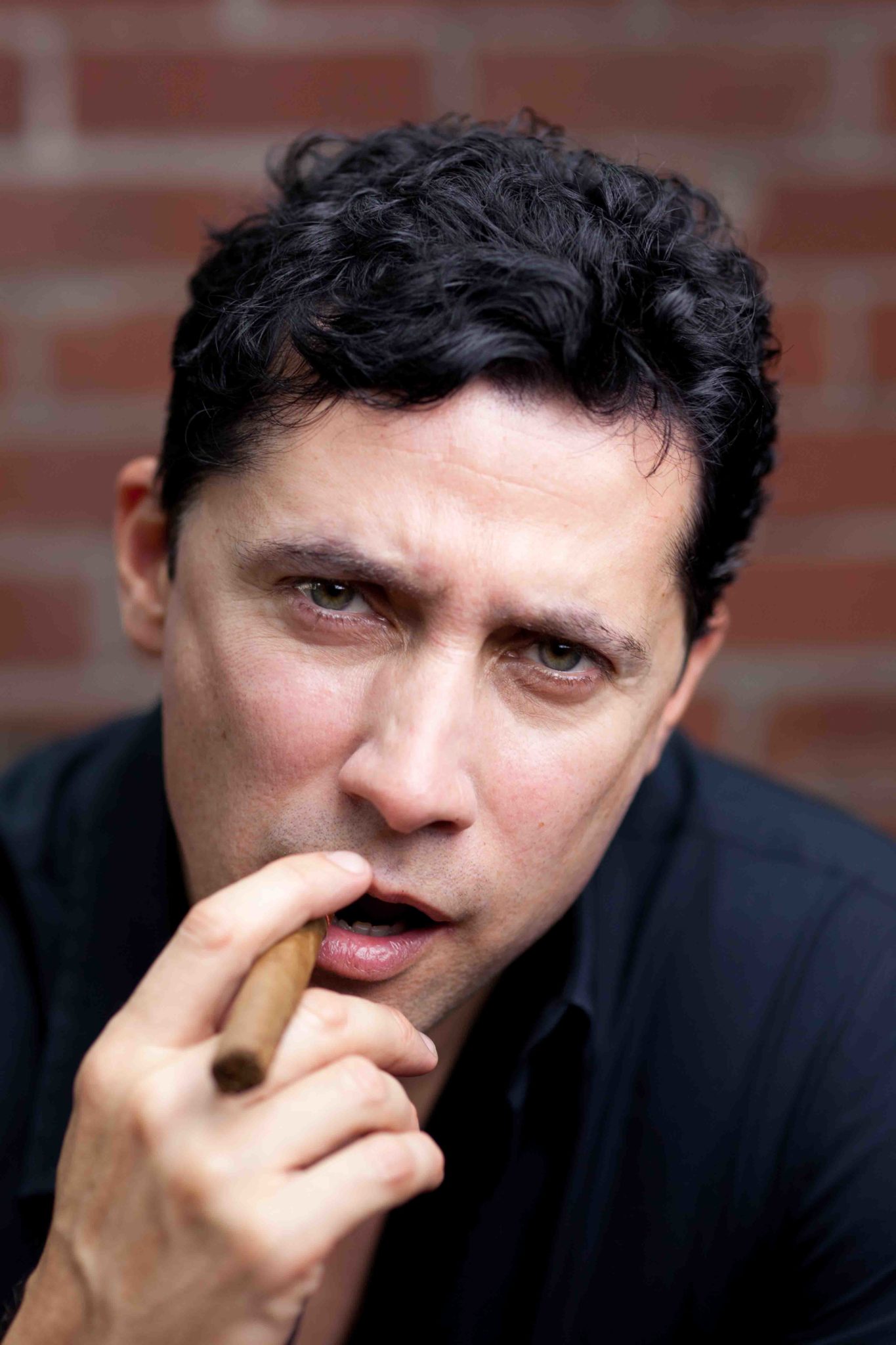
Sony 135mm f1.8
Last but not least is the fastest 135mm lens currently on the market: the Sony Zeiss 135mm f1.8.
Besides being large and a bit heavy, the 135mm f1.8 can focus a bit slow sometimes but most of the time can be snappy. Where this lens really excels though is in its straight out of the camera image quality. It exhibits Zeiss-like sharpness on the A99 without a flash–which is almost unseen by us these days.
Plus you get a bit of a faster aperture than other offerings in the same category. But note that great bokeh isn’t everything in the creation of a great image.
Buy Now: Amazon


